Redistricting as the Spoils of Elections
The winners of state legislatures in November will have a great deal of influence over Congressional elections for the next decade. Should it be that way?
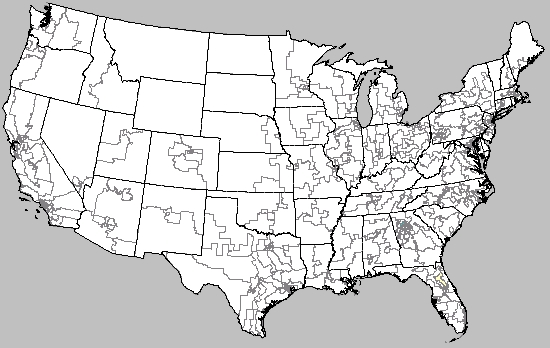 One of the subplots of the November elections is that we are poised for redistricting fights in the legislative sessions that will start in 2011 and be in force for the 2012 electoral cycle. This will set the degree of competitiveness for US House of Representative races, as well as for all district-based races at the state level. This is no small thing and gets to the heart of democracy, but it is a topic that we typically only pay passing attention.
One of the subplots of the November elections is that we are poised for redistricting fights in the legislative sessions that will start in 2011 and be in force for the 2012 electoral cycle. This will set the degree of competitiveness for US House of Representative races, as well as for all district-based races at the state level. This is no small thing and gets to the heart of democracy, but it is a topic that we typically only pay passing attention.
As the AFP notes:
The November 2 elections will decide which party controls key state legislatures and governorships that typically carry out the task of redrawing a state’s congressional districts, a job that can be bent for a partisan edge.
“The redistricting process has a large impact on whether or not any given seat is contestable,” said Justin Buchler, an expert on redistricting who teaches political science at Case Western Reserve University in Ohio.
“A Democrat in a district where 40 percent of the voters are Democrats and 60 percent are Republicans, the Democratic candidate will not have much of a chance,” Buchler told AFP by telephone.
So politicians have sometimes sought to pack their opponents in as few constituencies as possible, or divided them so that they are in the minority in several districts, tactics to reduce their presence in the US Congress.
This, ultimately, is problematic, insofar as it grants the power (in most states) to determine the competiveness of elections to partisan bodies which are interested not in the quality of democratic competition, but rather in enhancing their own party’s electoral fortunes.
Often the politically interested view this entire process solely in terms of one’s “side” and whether or not said side is winning or losing control of given districts. However, I would suggest that we think about it more in terms of democratic quality, especially when we consider the general quality of the US House of Representatives.
Of course, there is also the broader question of whether single member districts result in quality representation of the interests of the public, but that is a different and more complicated question.

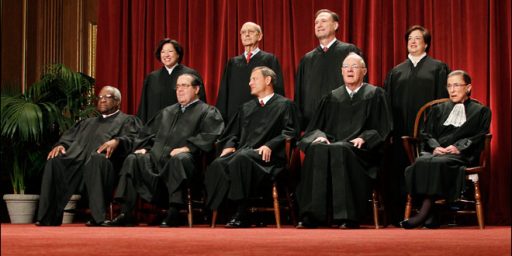
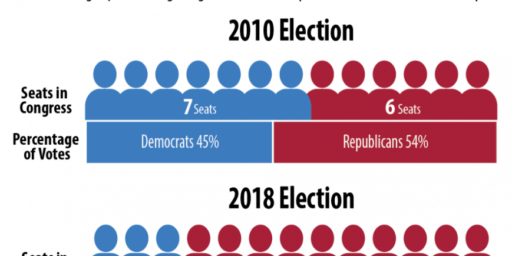
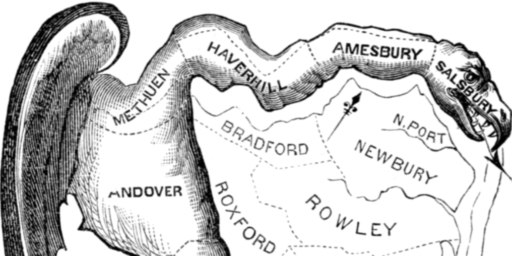

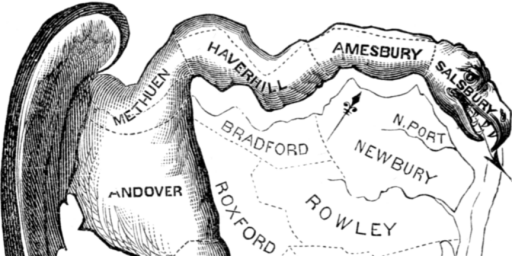
There is no districting scheme that cannot be bent to political ends. Here in Chicago “non-partisan” is a term interchangeable with “single party”.
I would most like to see anti-gerrymandering provisions but the only way we’re likely to see such a thing is if it’s compelled by the courts. Incumbents tend to like safe seats and it’s the incumbents who determine districting methods.
Largely true, although some methods are worse/better than others. I think sometimes me take the position you have stated above to the extreme of being an excuse to do nothing.
Of course, as I allude to in the post, I have increasingly become of the opinion that we should move away from SMD, but I also know that that is a pipe dream, hence the encouragement for reform, even if just at the edges.
“I have increasingly become of the opinion that we should move away from SMD”
Do you prefer a proportional rep system or an all at large seat system per state? Or something else?
The problem of having more than one representative per district is that constituents would not know wich one of them they would seek to represent them.
My preference at the moment is actually a mixed member proportional system, with half elected in single member districts and half via PR.
It can be done, and is done around the world. Further, the issue of constituent services strikes me as over-rated.
I actually liked the system that prevailed in Illinois for the state legislature before we re-wrote our constitution back in the 1970s.
Each voter could cast three votes. The votes could be split among different candidates running for the office or all given to the same candidate. The system had its greatest effect on party primaries which, under the current districting system, is where the action is.
Seems to me that issues like this are best tackled when people pay attention to them the least. If you attack them mid-decade when nobody knows who is going to be in charge when redistricting comes next, it stands a chance. It’s sort of like how the Independent Counsel law was allowed to lapse when the Clinton administration was winding down and nobody knew who the next president would be.
Unfortunately, because redistricting can benefit officeholders regardless of who is in charge, that’s even hard to do far away from redistricting.
Come to think of it, state legislatures may actually be a relatively even split this time around. The Republican rout that people are expecting is merely going to bring them back or near parity. So maybe now is the time to talk about it?